-
Welcome to Tacoma World!
You are currently viewing as a guest! To get full-access, you need to register for a FREE account.
As a registered member, you’ll be able to:- Participate in all Tacoma discussion topics
- Communicate privately with other Tacoma owners from around the world
- Post your own photos in our Members Gallery
- Access all special features of the site
Suspension & Axle Types
Discussion in 'Suspension' started by Agent475, Dec 18, 2008.


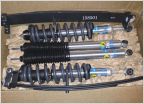 Got my lift parts in
Got my lift parts in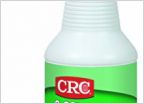 Fox 2.5 Remote Resi Rusting
Fox 2.5 Remote Resi Rusting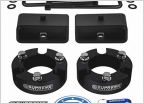 Inexpensive Suspension Lift
Inexpensive Suspension Lift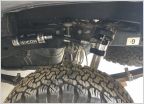 Icon Lower Stages
Icon Lower Stages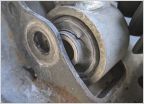 Front clunk/pop/bind noise *solved*
Front clunk/pop/bind noise *solved*





































































